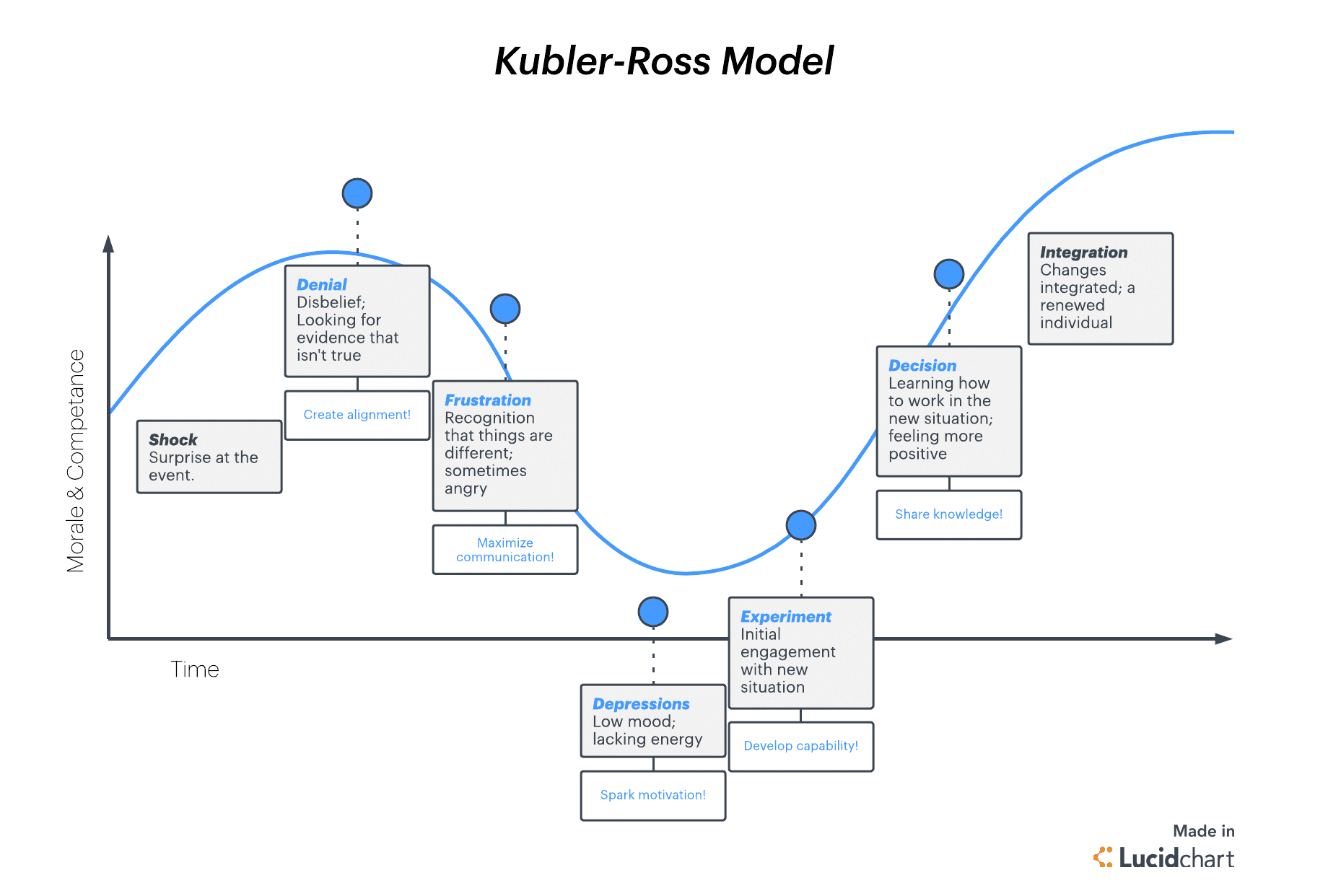In a very interesting article just appeared on the McKinsey Quarterly, Tanguy Catlin and his collaborators address four “key fights” that organisations need to address to be able to achieve a real Digital transformation.
If there’s one thing a digital strategy can’t be, it’s incremental. The mismatch between most incumbents’ business models and digital futures is too great—and the environment is changing too quickly—for anything but bold, inventive strategic plans to work.
And yet seems too many organisations are just focused on short-term incremental approaches. Digital is seems invariably as just “one portion” or “one addition” to elements we already do, not a strategic choice that need to permeate the entire organisation. Which result in Digital being seen just as a “channel“, or as a new “form of communication”, or as a “new ways of servicing”, or just as a way to do product innovation.

Often this recalls me a metaphor that my first mentor, Franco D’Egidio, used to recall the attitude of many organisations to just pursue incremental change, often landing on the opposite of what they wanted. Organisations are compared to a Turtle. Which is then subject to research and innovation, and ultimately transformed into what seems a “faster turtle”. But even if you add a Spoiler, your Turtle will not become a faster one in reality.Which is one of the main culprits of why Digital Strategies fail.
The four fights listed by McKinsey are:
- Fighting Ignorance: too many executives simply belong to generations that have not grown with Digital as a permeating part of their life, which leads them to think of it as a “Product” or “Service”, rather than a transformative element for business.
- Fighting Fear: as with any change, too many people simply perceive the “big investments” needed to digitise their organisations simply too risky. Decision making support models are still a bit blurry, and this creates even more issues.
- Fighting Guesswork: many big changes are seen as leap of faith into the unknown. We don’t know how to measure success, which eventually often leads to poor choices often based on gut feeling and guesswork instead of valid strategic reasoning.
- Fighting Diffusion: cautious approach ends up building a thin layer of peanut-butter spread across the organisation, which really equates to the spoiler on the turtle, as seen before.
A role for HR in Digital Transformation
The article made me think a lot about the fact that real Digital Transformation has a lot more to do with People than with Technology. The latter is a commodity in today’s world, whereas the key for transformation is changing organisation, and changing the way people act within.

And it’s all to do with the old Kübler-Ross model of change, which any HR practitioner should be mastering in all its phases. Basically the above fights have all to do with the “shock”, “denial” and “frustration” pieces that constitute the first part of any change curve.
Let’s face it, as a function we have done not really a lot to see digital as an enabling force for change, and we have relegated it behind purely transactional workforce systems that nothing have to do with real digital change.
Issue is that way too often HR is not invited at the table of the decisions that relate to Digital Strategy. The exceptions of a handful of really digital organisations make this fact even more evident: when HR becomes an embedded force of Digital Transformation, it becomes a strategic partner also for what concerns the pinnacles expressions of technology change: AI and Machine Learning in work automation.
But for too many this seems a somewhat scary science fiction movie.
The reality is that we need to address our own internal toolkit to be able to face Digital Transformation. A lot of the basic tools we have always used (think Job Descriptions just as an example), are simply useless into this new world. We need to engage into our own Digital Transformation first, and I believe this will ultimately shape the real answer to the question is HR still needed?


[…] Thinking is one of the key components of the “Digital DNA” that I suggest based on the Three Mindsets of development (together with Lean and Agile). As […]
[…] The introduction, by Alessandro Rimassa, one of the cofounders of Talent Garden, is genuinely fully aligned with my thought process (on which I have already posted recently). […]
[…] be a constant discussion about Who Owns Digital Transformation. I wrote already in the past that I think that HR needs to play a vital role in this journey. A recent survey by Talent Garden in Italy goes one step further. It arrives at defining that […]
[…] HR have a role in this? Certainly, it needs to have a strong role exactly because organization design and culture are two key enablers for the transformation, and HR […]
[…] Thinking is one of the key components of the “Digital DNA” that I suggest based on the Three Mindsets of development (together with Lean and Agile). As […]